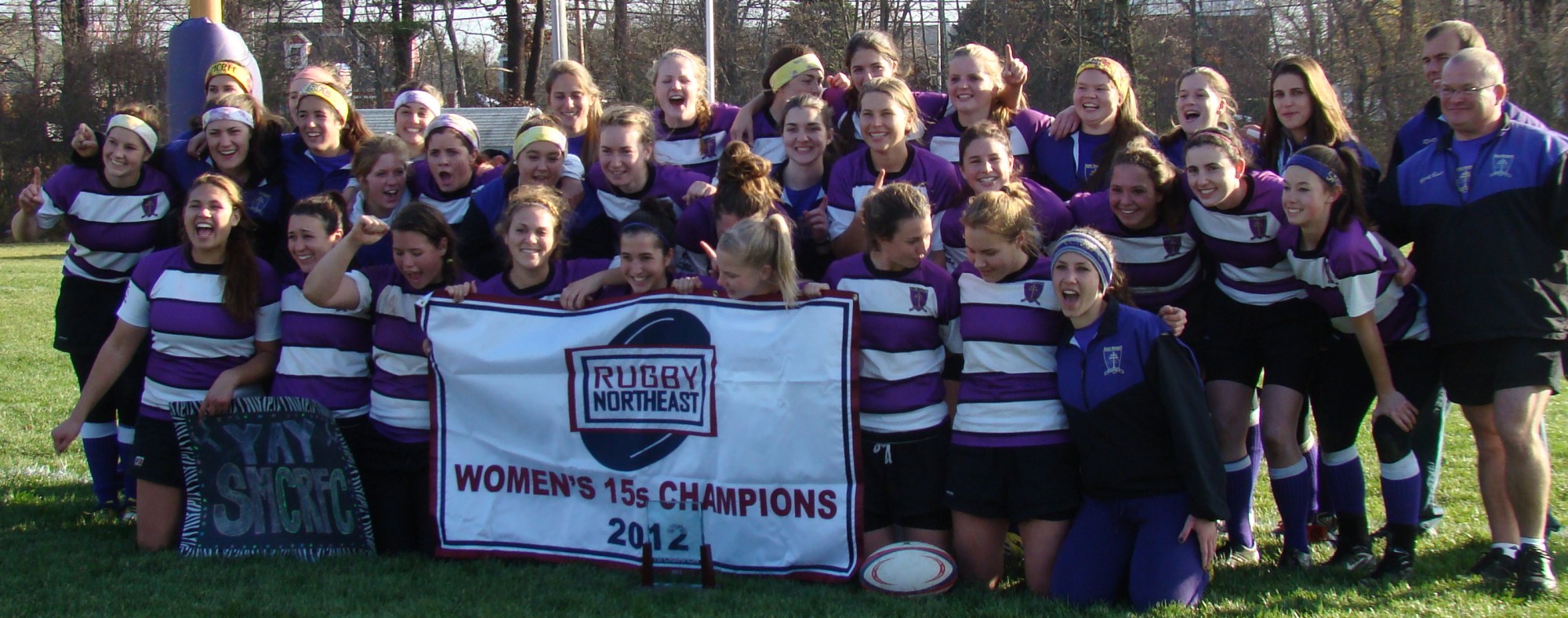Dave McLean of the Sunshine Coast, Queensland, Australia told us about an alternative to the “J” curve or “inside shoulder” defensive structure, particularly for teams with slow inside backs.
Rugby League typically utilises the “outside shoulder” defence to shepherd or herd their opposition back inside. This prevents them getting on the outside of their opposing players and allows the defence to cover the inside ball or step back inside. Rugby Union typically utilises “inside shoulder” defence allowing a tracking or “J” curve movement to track the inside ball or step back inside.
The “J” curve defence
However, if the attack has someone with a good step or turn of pace, they will often beat the defender on the outside. It is extremely difficult for a defender who has been left flat footed by a jink or half step to recover and close the gap on some pacy attacker. Where you have a backline that is not as quick off the mark, or have injuries to usual backline players and have to use players out of position in the backline, try an “outside shoulder” backline defensive pattern to see if it results in better containment.
The “outside shoulder” alternative to the “J curve” defence
This defensive structure can work for the entire backline or specific targeted positions such as inside or outside centre if you’re aware of your opposition’s strengths. But be aware that your back row players (also known as “loosies” down under) still have to work hard and cover the inside.
